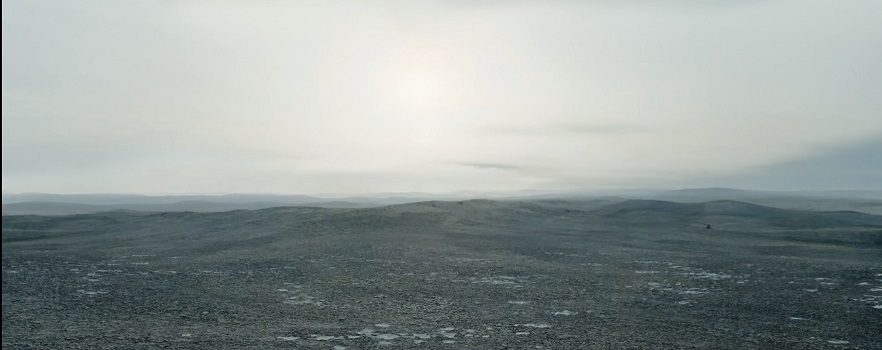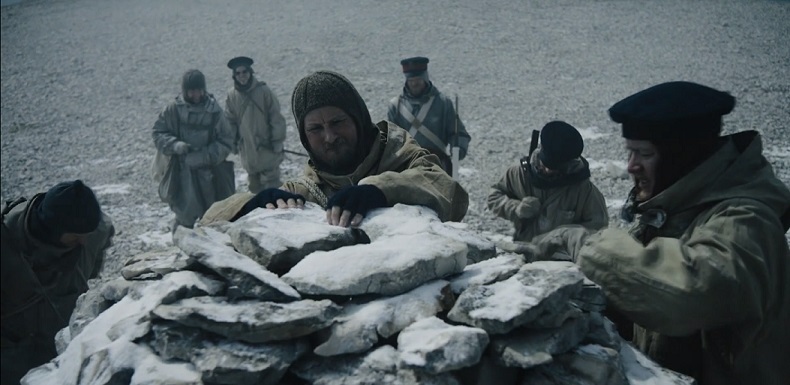The Terror: Chillingly Good

The Terror, AMC’s new horror series, is well worth your time. Based on Dan Simmons’s 2007 novel and executive produced by Ridley Scott, it is the fictionalized retelling of Captain Sir John Franklin’s lost 1845 expedition to find the Northwest Passage. In this version, the fantastic elements intensify an already harrowing tale, where the natural world is as much a monster as the supernatural threats that plague the doomed men.
The cast is full of many familiar faces, all in fine form. Jared Harris (Resident Evil: Apocalypse, The Expanse) stars as Captain Francis Crozier, a veteran of previous Arctic expeditions and commander of the Erebus. Ciarán Hinds (Excalibur, Game of Thrones, Justice League) plays Captain Sir John Franklin, commander of the Terror and of the expedition. Tobias Menzies (Game of Thrones) is Commander James Fitzjames, second in command of the Terror. Paul Ready (Tipping the Velvet) plays the sympathetic and humane ship’s surgeon. Rounding out the main cast are Ian Hart (Harry Potter, Agents of S.H.I.E.L.D) as ice master Thomas Blankly, Adam Nagaitis as the devious, low-ranking mate Cornelius Hickey, and Nive Nielsen as Lady Silence, the daughter of a slain Inuit man.
The characters’ backgrounds of prejudice, piety, ambition and failure are briefly and efficiently given. The prior arctic experience of much of the crew looms over the current endeavor–the men know what danger faces them, and know how much luck will be needed to survive the trip.
The first three episodes build on the repercussions of Captain Franklin’s decision not to seek a sheltered bay for the winter. The Terror and the Erebus become frozen into the ice pack. Spring comes without a thaw, rations spoil, and exploratory parties end with the accidental shooting of an Inuit man and an animal attack on the men. What might be a bear begins to stalk the ships’ crews, killing Captain Franklin and several others.
The Terror shows great restraint in spinning its bleak and unnerving tale. The plot bides its time, building tension with patience and attention to detail, from the class distinctions to the technology to the china on the captain’s table. The camera lingers on everything–the bleak arctic landscape, a sailor’s wasted corpse, a drafty seat-of-ease–with similar portent. The sense of discomfort has no particular source, making it hard to shrug off. Everything, and nothing, may be a threat.
This subtle sense of danger seeping through every frame of The Terror creates a brooding, gothic quality in the show. The shrouded, monochrome landscape and the dark hulks of the ships, the half-seen creature menacing the men are all part of the oppression.
The violence when it comes is shocking not because it is over the top but because it is long- anticipated, abrupt, and only partially seen. The characters (save one) do not get any clearer view of what attacks them than does the audience. Bodies are not recovered. The form of the monster is only suspected. The sprays of blood over the snow are so copious and dark as to be almost dreamlike. But the resulting damage is realistically, almost clinically, portrayed, and the overall effect is one of detached yet pervasive horror.
With three episodes currently available for streaming, and seven still to air, The Terror has already created a compelling and thoroughly disturbing mystery. It would be a shame to waste it.

